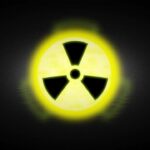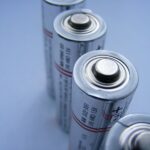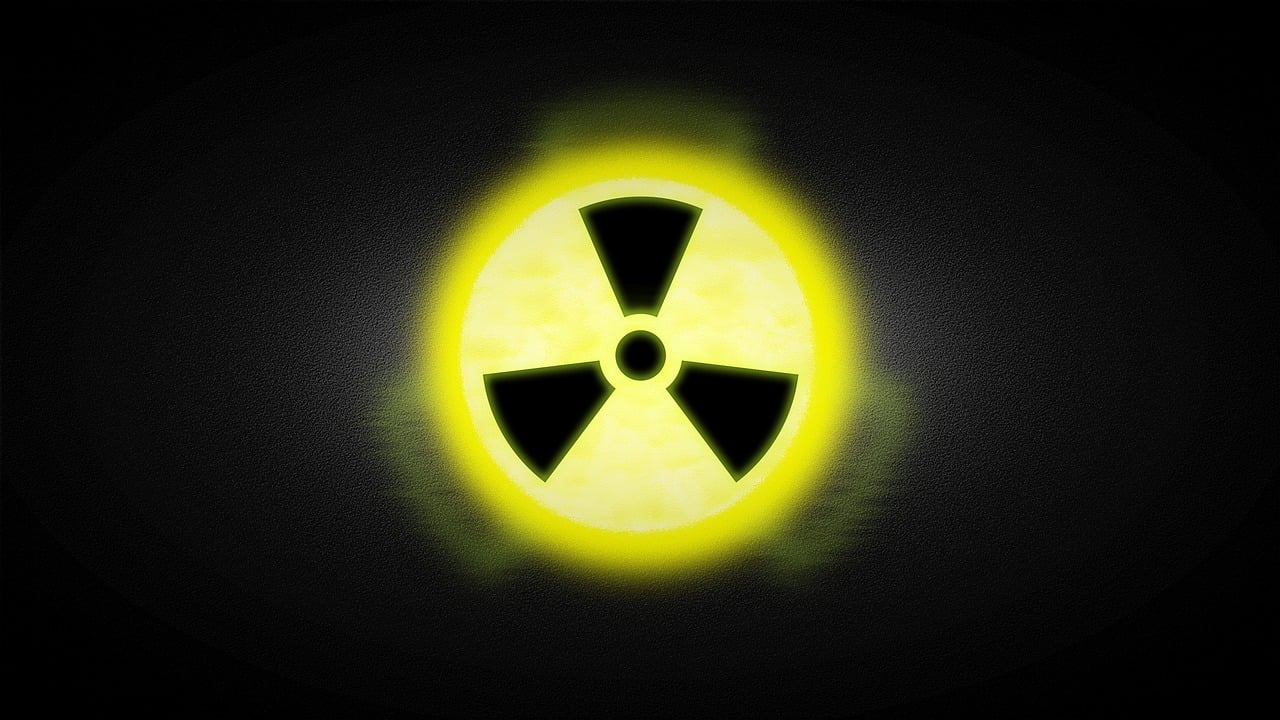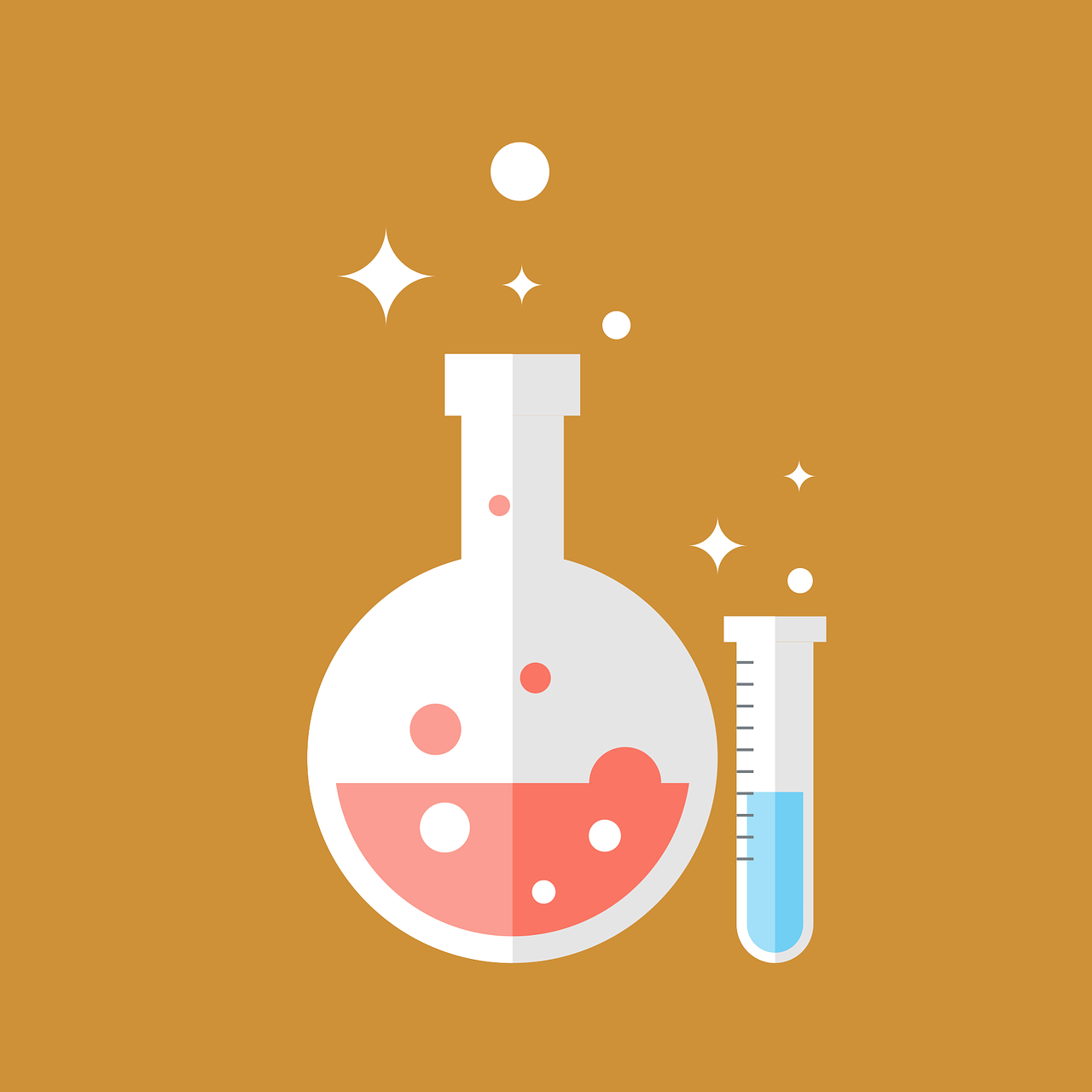In the periodic table, elements are arranged in groups (vertical columns) and periods (horizontal rows) based on their atomic structure and properties. One of the key observations about the periodic table is that elements in the same group exhibit similar physical and chemical properties. This phenomenon can be explained by their electron configuration, specifically the number of valence electrons—the electrons in the outermost shell of an atom. These valence electrons play a critical role in determining how an element behaves in chemical reactions, leading to similarities among elements within the same group.
The Role of Valence Electrons
The most significant factor behind the similar properties of elements in the same group is that they have the same number of valence electrons. Valence electrons are crucial because they are involved in forming chemical bonds and determining how an element interacts with others. Since elements in a group share the same number of valence electrons, they tend to:
- React in similar ways.
- Form compounds with analogous formulas.
- Exhibit similar physical characteristics.
For example:
- Group 1 (Alkali Metals): Elements like lithium (Li), sodium (Na), and potassium (K) each have one valence electron. This single electron is easily lost during chemical reactions, making these metals highly reactive and prone to forming +1 ions (e.g., Na⁺, K⁺). As a result, they form similar compounds, such as sodium chloride (NaCl) and potassium chloride (KCl).
- Group 17 (Halogens): Halogens such as fluorine (F), chlorine (Cl), and bromine (Br) all have seven valence electrons. They tend to gain one electron to complete their outermost shell, forming -1 ions (e.g., F⁻, Cl⁻). This leads to similar reactions and compounds, like hydrogen fluoride (HF) and hydrogen chloride (HCl).
Tendency to Form Similar Compounds
Because elements in the same group have identical valence electron configurations, they tend to form compounds with similar chemical structures and properties. For instance:
- In Group 1 (Alkali metals), sodium (Na) and potassium (K) react similarly with water, producing hydroxides (NaOH and KOH) and hydrogen gas.
- In Group 17 (Halogens), fluorine (F) and chlorine (Cl) form analogous compounds with hydrogen, such as hydrogen fluoride (HF) and hydrogen chloride (HCl), both of which are strong acids when dissolved in water.
Trends in Physical Properties
Alongside chemical similarities, elements in the same group also exhibit trends in their physical properties, such as melting point, boiling point, density, and atomic size. These properties typically change in a regular pattern as you move down the group, but the overall characteristics remain consistent. For example:
- Group 1 (Alkali Metals): As you move from lithium (Li) to cesium (Cs), the alkali metals become softer and more reactive. Their melting and boiling points decrease down the group, while their atomic and ionic sizes increase.
- Group 17 (Halogens): In this group, the elements transition from gases at the top (fluorine and chlorine) to liquids (bromine) and solids (iodine) as you move down the group. This is due to the increasing molecular weight and stronger intermolecular forces between the atoms.
Atomic Structure and Reactivity
The reactivity of elements within the same group may vary as you go down the group, but the general chemical behavior remains similar due to the consistent effective nuclear charge experienced by their valence electrons. Effective nuclear charge refers to the net positive charge that attracts the valence electrons, considering the shielding effect of inner electron shells.
For example:
- Alkali Metals (Group 1) become more reactive as you move down the group because the outer electron is farther from the nucleus and more easily lost. Hence, cesium (Cs) is more reactive than lithium (Li).
- Halogens (Group 17) become less reactive as you move down the group because it becomes harder for the larger atoms to attract an extra electron. Thus, fluorine (F) is more reactive than iodine (I).
Despite these differences in reactivity, the underlying chemical tendencies—such as the tendency to lose or gain electrons—remain the same within each group.
Conclusion
The reason elements in the same group of the periodic table have similar physical and chemical properties is rooted in their electron configuration, specifically the identical number of valence electrons. These valence electrons dictate how elements bond with other atoms, leading to consistent chemical behaviors across a group. Additionally, trends in physical properties such as reactivity, melting point, and atomic size show gradual changes down a group, while still reflecting the overall group characteristics. Understanding these patterns is essential to grasping the underlying structure of the periodic table and predicting the behavior of elements during chemical reactions.















